For a more concrete version, assume that A is a guitar and that B and
C are unbalanced stereo input jacks on a guitar pedal. Input Impedance: 2.2 M ohms
Guitar pick-ups are problematic: -

Image from here.
With an inductance of maybe up to 8 henries, at 10 kHz, that's an impedance of just over 502 kΩ and, this is why we use several MΩ input impedances on guitar pre-amp circuits. We do this to ensure that the high frequencies do not get attenuated: -

So, as you should be able to see we aim to design a guitar pre-amp with an input impedance of at least 1 MΩ and, in many cases on better equipment this is around 10 MΩ. There ain't a guitarist I know of that particularly wants a dull sound to their axe.
But, cable capacitance can also be a problem: -

With a higher input impedance (3 MΩ) there is a distinct peaking effect seen that, to some guitarists is desirable. The above mimics a 3 metre long cable having a capacitance of 50 pF per metre. Personally, as a guitarist, I aim for short cables but, that only works when I'm sat down right next to my mixer and audio capture circuits; it doesn't work on-stage of course!!
I added 100 kΩ series resistance to the pick-up coil to avoid massive and non-realistic peaking. This isn't a cheat because the 1 MΩ pots used in a guitar (for volume and tone) will inevitably have some output resistance of that sort of order.
So, a 2.2 MΩ input impedance is good but, depending on how long the cables are, you might get a less-than-ideal-or-undesirable response.


